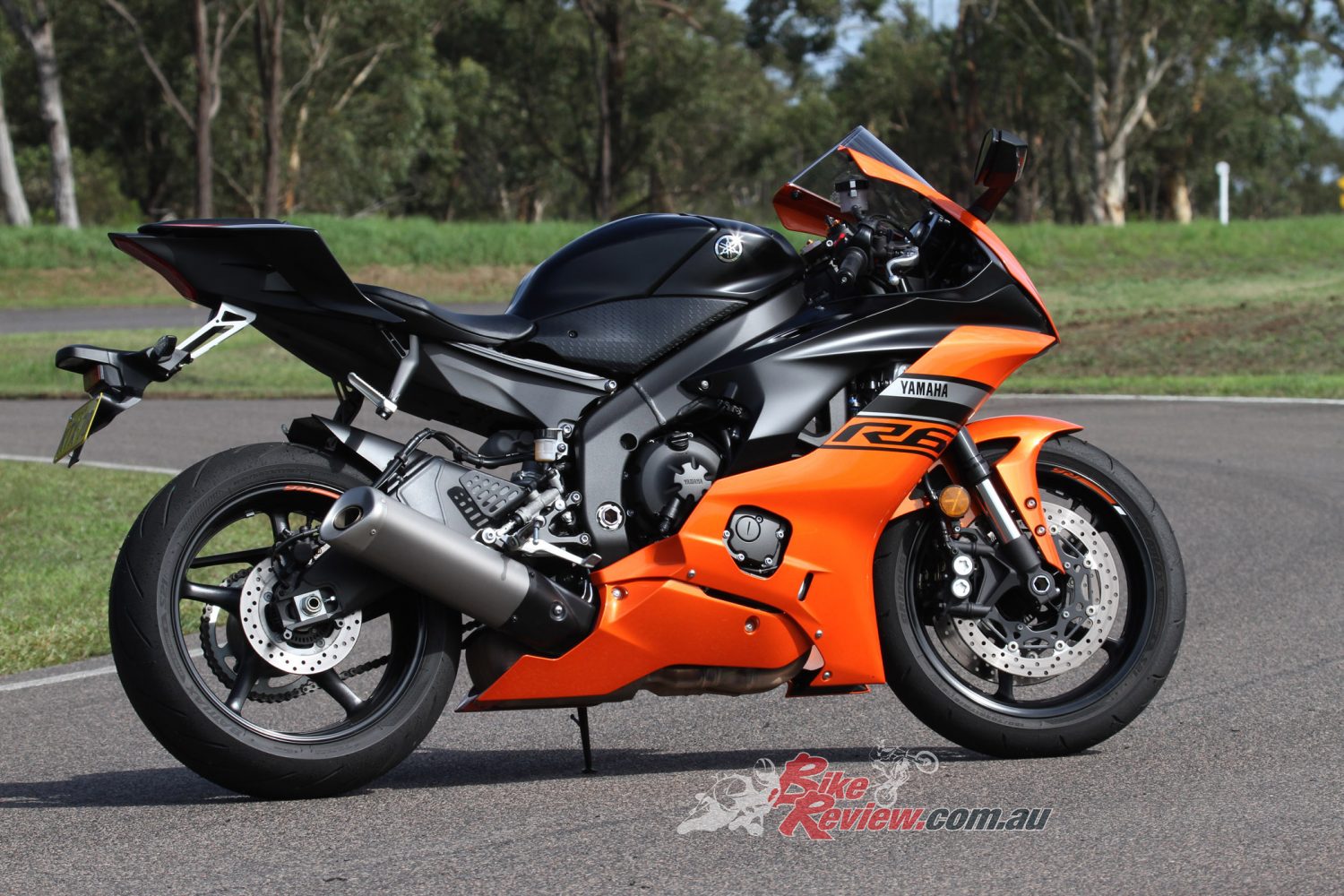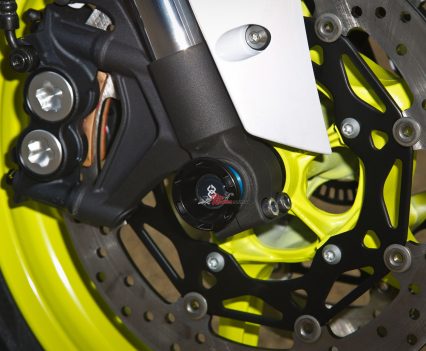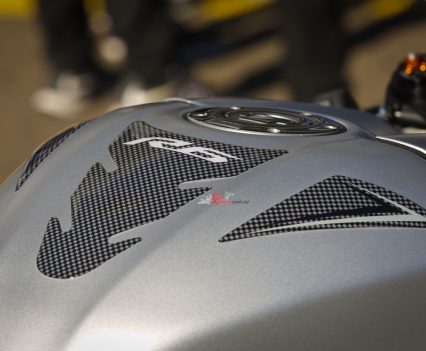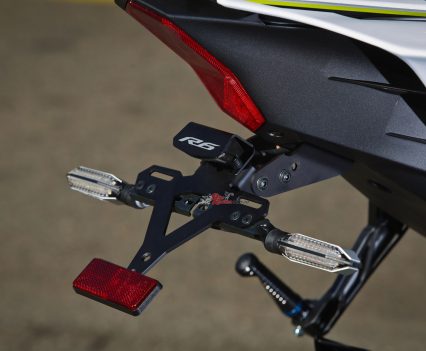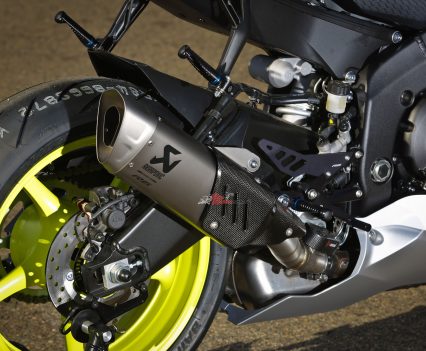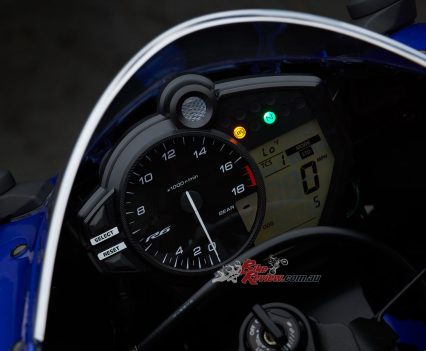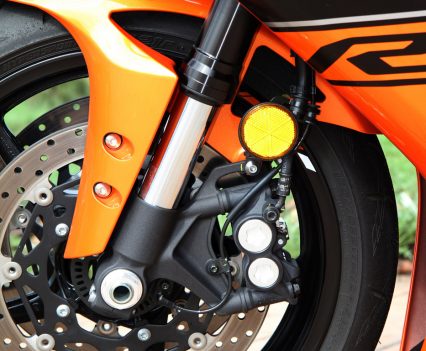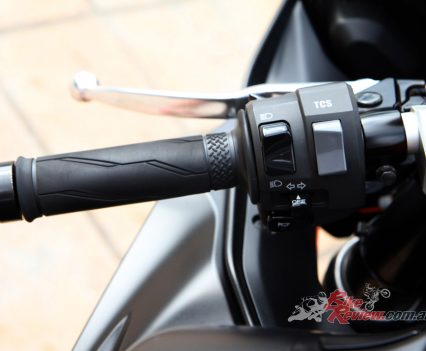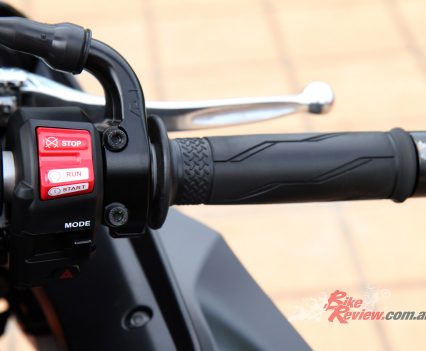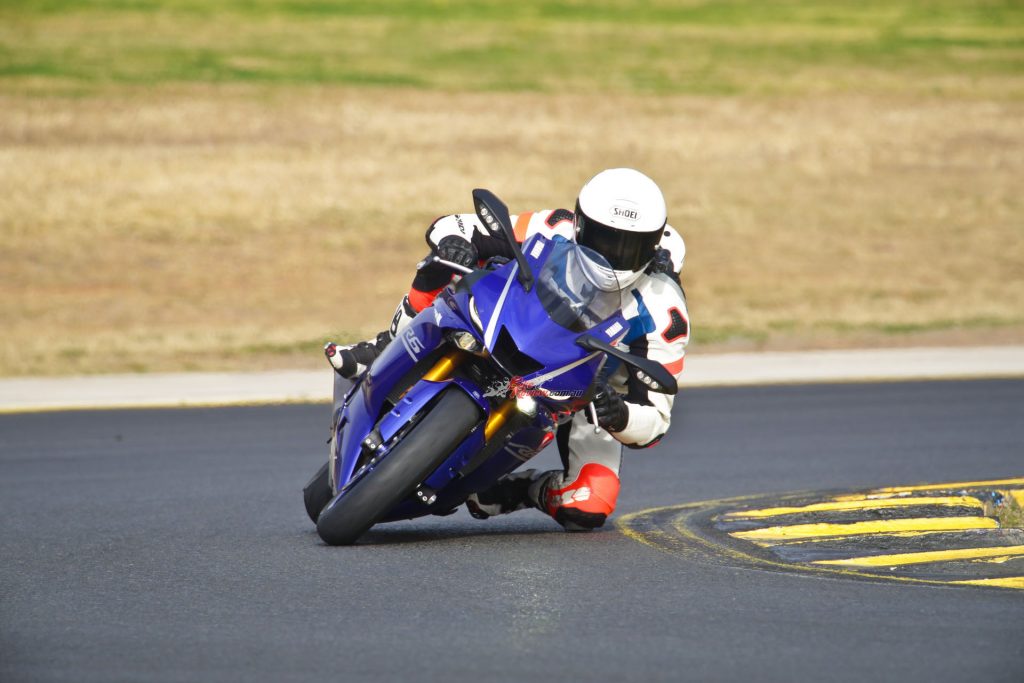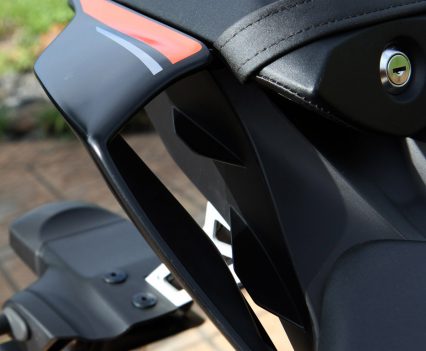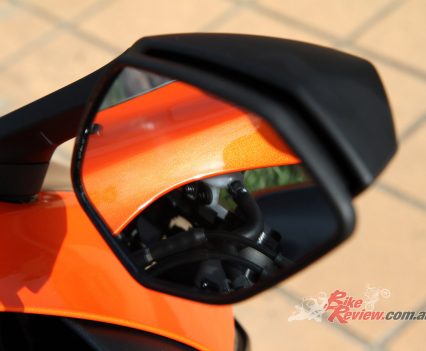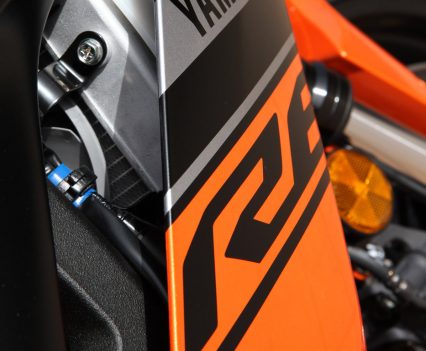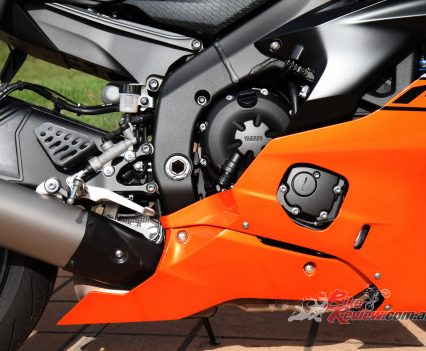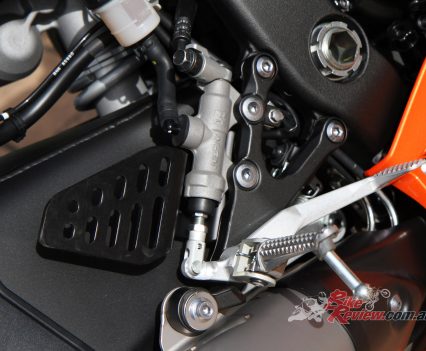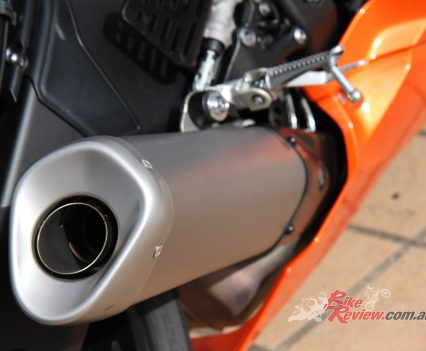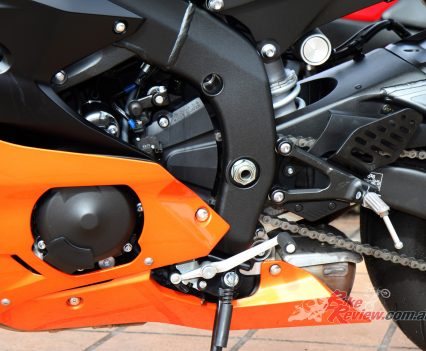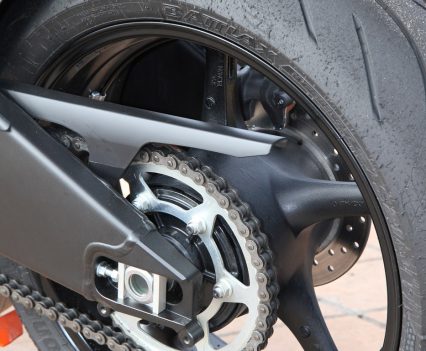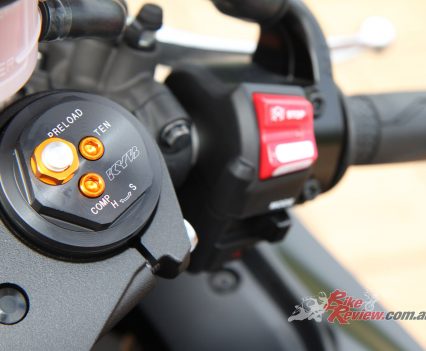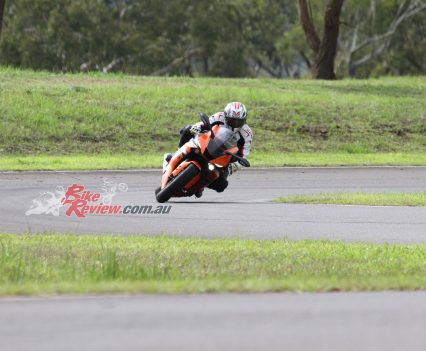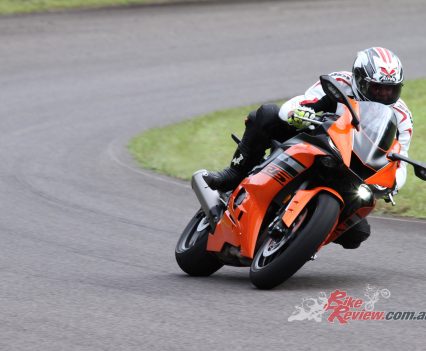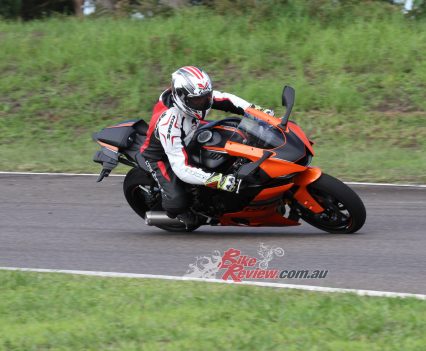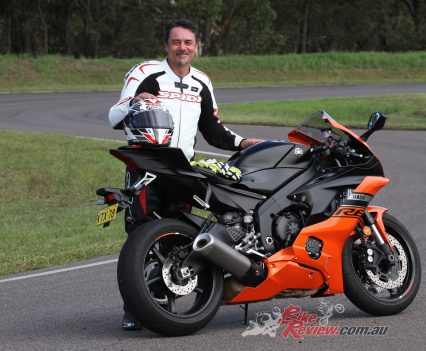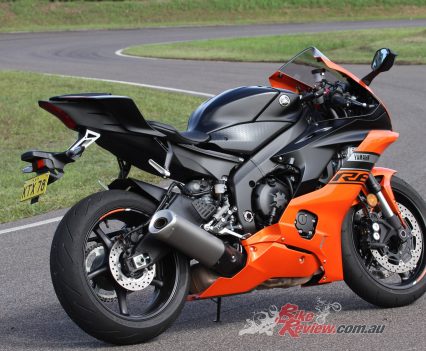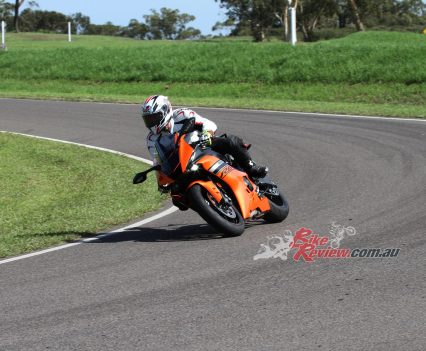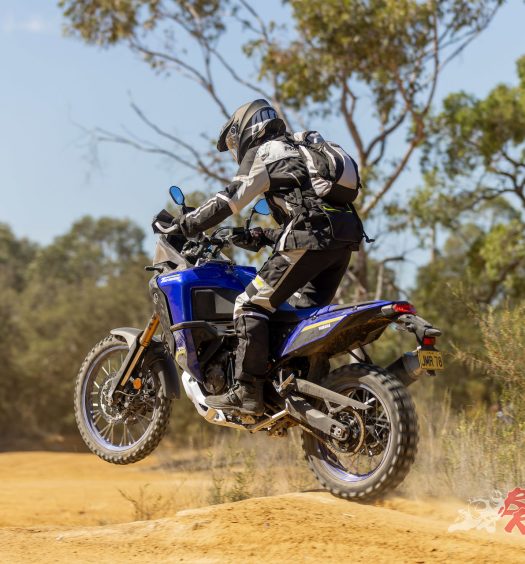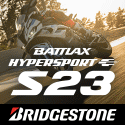The 600 supersport category is an almost forgotten one, however, there is nothing that can replace the race bred DNA these bikes have. Check out our 2020 YZF-R6 review... Test: Simon Harris Photography: Heather Ware
Yamaha updated the R6 in 2017, against the trend in the category, making it clear that the YZF-R6 is a key ingredient in their race bred DNA. Essentially unchanged for 2020 aside from colours, we felt it time to revisit this weapon. Here is our 2020 YZF-R6 review…
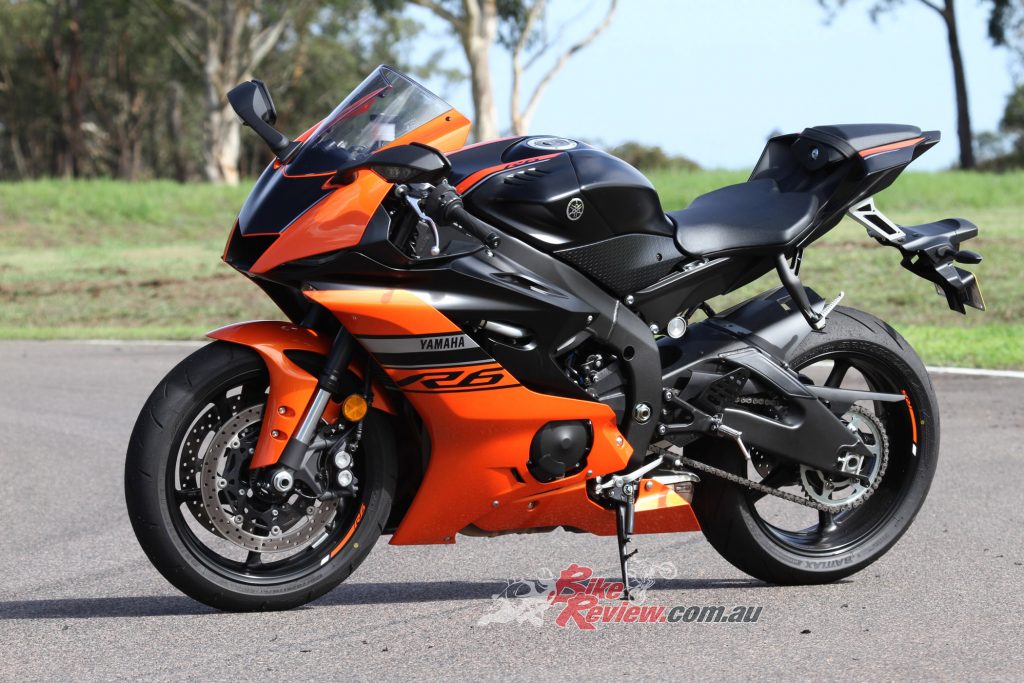
The updates came almost a decade after the 2008 model, which had some revisions over the original 2006 model. The updates are ones that proved Yamaha listen to their customers as they addressed the few issues that were leaving the R6 feeling dated; brakes, suspension, electronics and styling…
The standout of course was the YZF-R1M inspired sleeker more modern bodywork. The new low drag fairing providing a claimed eight per cent reduction in drag. It had an M1 MotoGP inspired central air intake and stunning R1 LED headlights. To help further with the aero, the indicators were now integrated into the mirrors.

The Yamaha YZF-R6 was heavily updated in 2017.
Behind the new fairing was an all-new R1 style dash with a huge analogue tacho and 16,500rpm redline and a large easy to read digital speedo, along with a multi-function display including the TCS and ABS setting and the D Mode setting.
The forks were new and huge at 43mm. They were top spec KYB units lifted from the R1 and revised internally for the R6. The axle diameter up to 25mm, while the bottom triple-clamp were reduced to give more feedback, as the extra rigidity of the new axle and forks was too much.
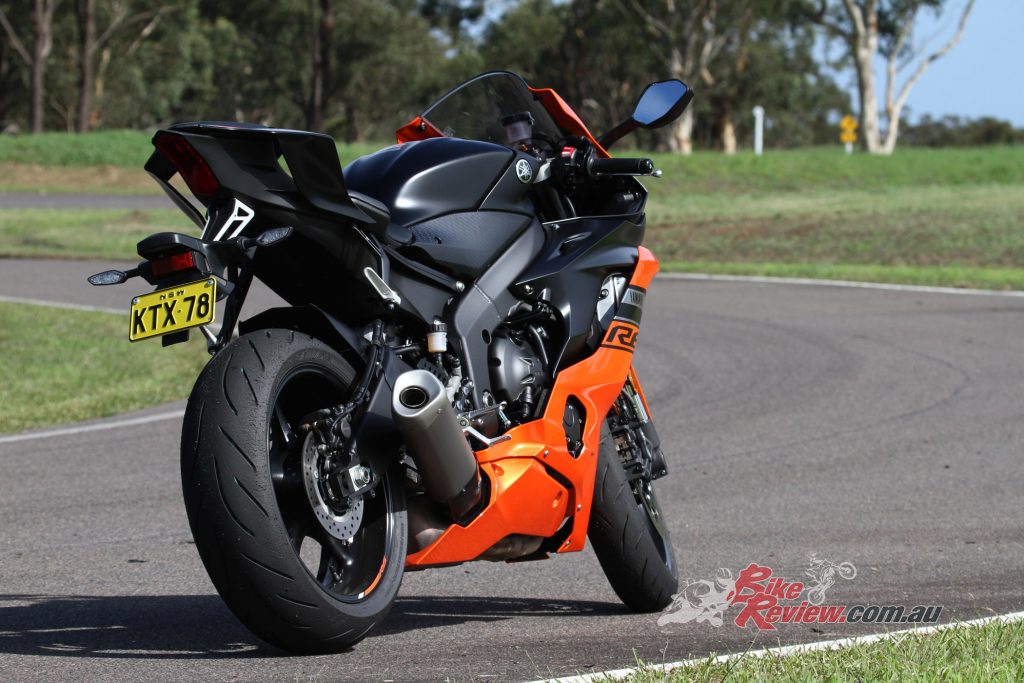
Simon spent a week on the road and a morning on the track testing the mighty R6, a good tool to sharpen him up for a test in Ascari, Spain…
There were new front brakes in the form of large semi-floating stainless-steel 320mm rotors (up from 310mm) and a Nissin radial-pull master-cylinder operating new four-piston calipers. Of course, ABS became standard equipment so the brakes were a more modern package.
In terms of frame changes, the geometry remained the same as did the main frame and swingarm, however, a new slimmer magnesium sub-frame was fitted and the fuel tank reshaped and made out of aluminium, being 1.2kg lighter.
The seat was reshaped to stop the rider sliding up onto the tank too much and was also narrower to help move around on the bike during cornering. Seat height remained unchanged and the rider triangle also remained exactly the same as previously.
Genuine Accessories available for the YZF-R6
The electronic package was a good upgrade over the previous model. The YCC-T (Yamaha Chip Controlled Throttle) and YCC-I (Yamaha Chip Controlled Intake) was joined by TCS (Traction Control System) operated by an easy to use left ‘bar mounted switch. There were 6 levels added with 1 being the least intrusive and 6 being for slick conditions. The TCS could also be switched off. The other big improvement was the Quick Shift System (QSS), which gave clutch-less upshifts.
The mighty 599cc DOHC 67mm x 42.5mm 16-valve engine remained unchanged however met Euro4 emissions regulations…
For 2020, we only have new colours… but as it has been three years since our last adventure together, we recently decided it was time to revisit this amazing machine…
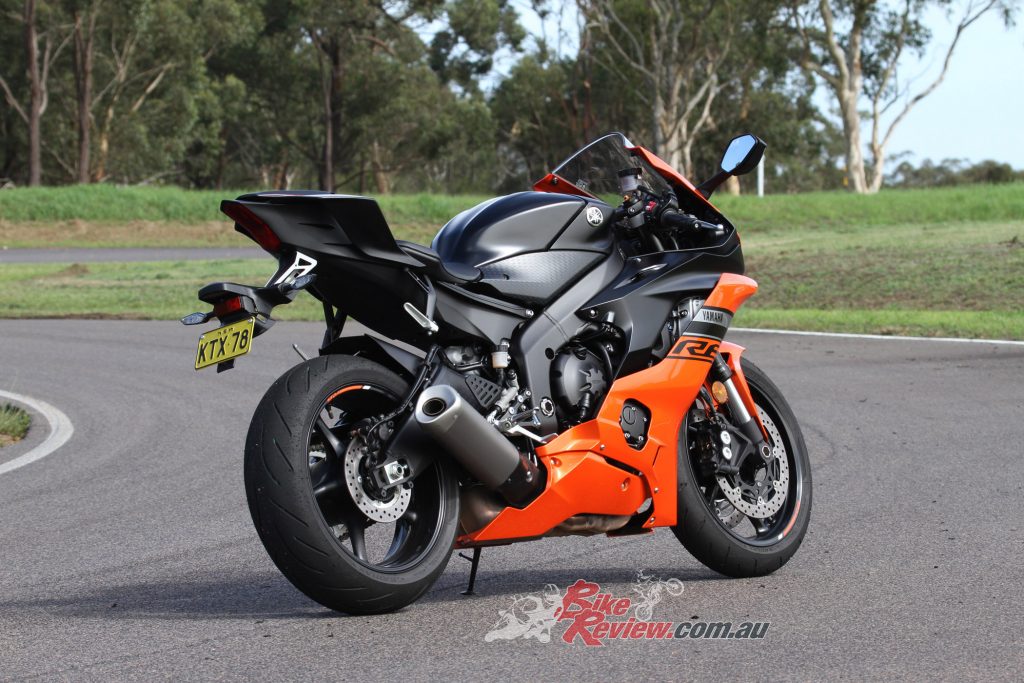
The most recent update saw the R6 gain traction control and a quickshifter among many other upgrade.
THE RIDE
To be honest, during my first ride on Yamaha’s current YZF-R6, I couldn’t wait to get off. Not that any of this was due to the bike itself, but more so a combination of searing heat, a heavy backpack, literally miles of lane splitting bumper-to-bumper Friday afternoon traffic…
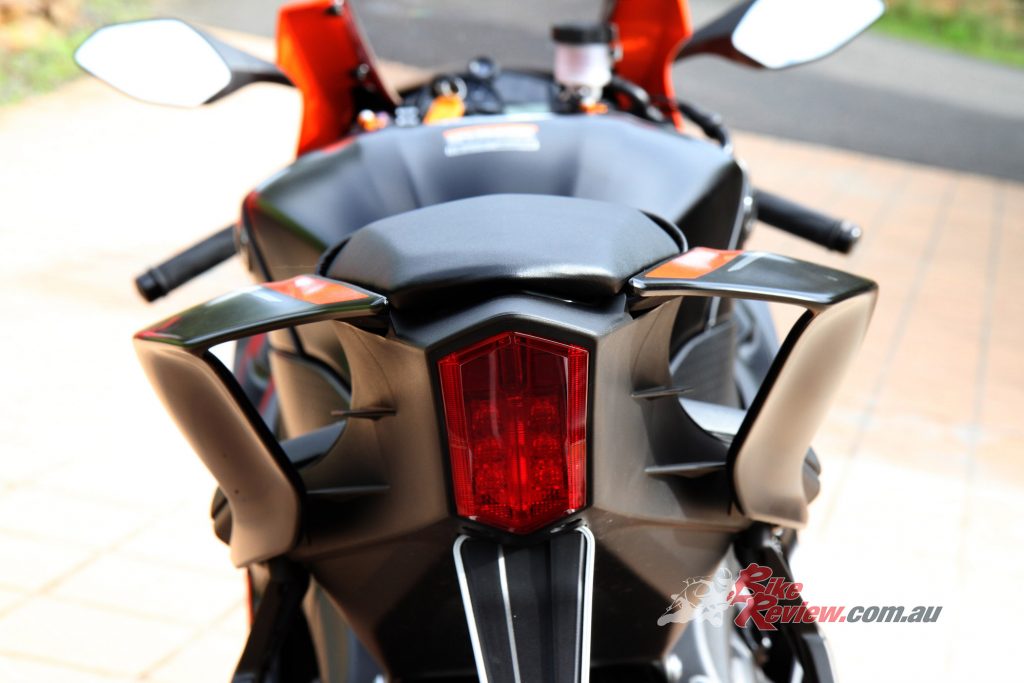
After hopping off the bike and taking minutes to peel off my leathers, I took a few deep breaths and had a closer look. Chris from Yamaha had provided us with the “Jaffa” paint scheme machine and, man it looks very sweet, futuristic and purposeful. He also gave me a quick run-down of the major features, such as the traction control, quick-shifter and ride mode selection and that it was very new and might feel a bit doughy down low until it gets a few more clicks on the odometer.
We putted away successfully from the glassy walls of Team Blue HQ with some moderate over-use of the clutch to be sure of no embarrassing stalling and set sail for home. It is quite tall and slender and most definitely sculpted for racer crouch in terms of the spacing between hands, feet and bum. The engine felt smooth, with a nice tone and the gearbox, silky. The dash is tops – clear and easy to read and with a proper rev counter.
It took a few minutes to remember that this model has a quick-shifter, so I carelessly began using it and it works a treat in up-shifting in an almost liquid fashion. This helped in getting through the next 75 minutes of frustration – gnarly and sweaty traffic is not the natural habitat for the R6.
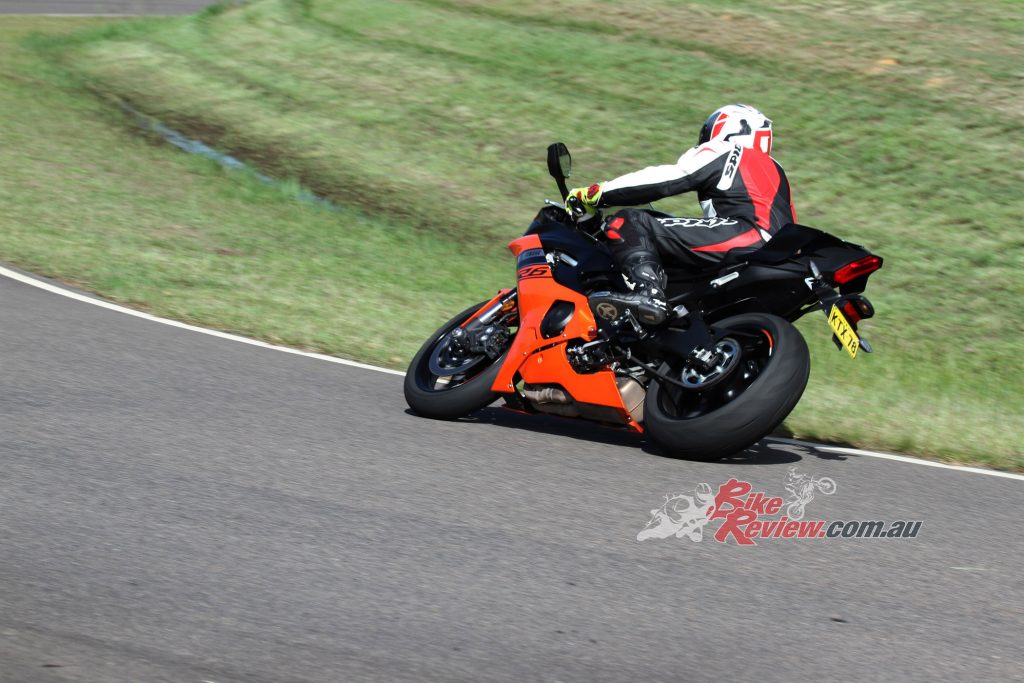
The same sharp chassis geometry with upgraded suspension and electronics in 2017 brought the R6 to the modern era.
I met up with Jeff on the next Sunday morning to shoot the pooh, have a coffee, plan quick foray with the R6 on the track, then go for a quick spin. He turned up on his Royal Enfield and we did a swap for a while – by God, the Enfield felt like a Chesterfield lounge in comparison but also of a vastly different genre and much less dynamic.
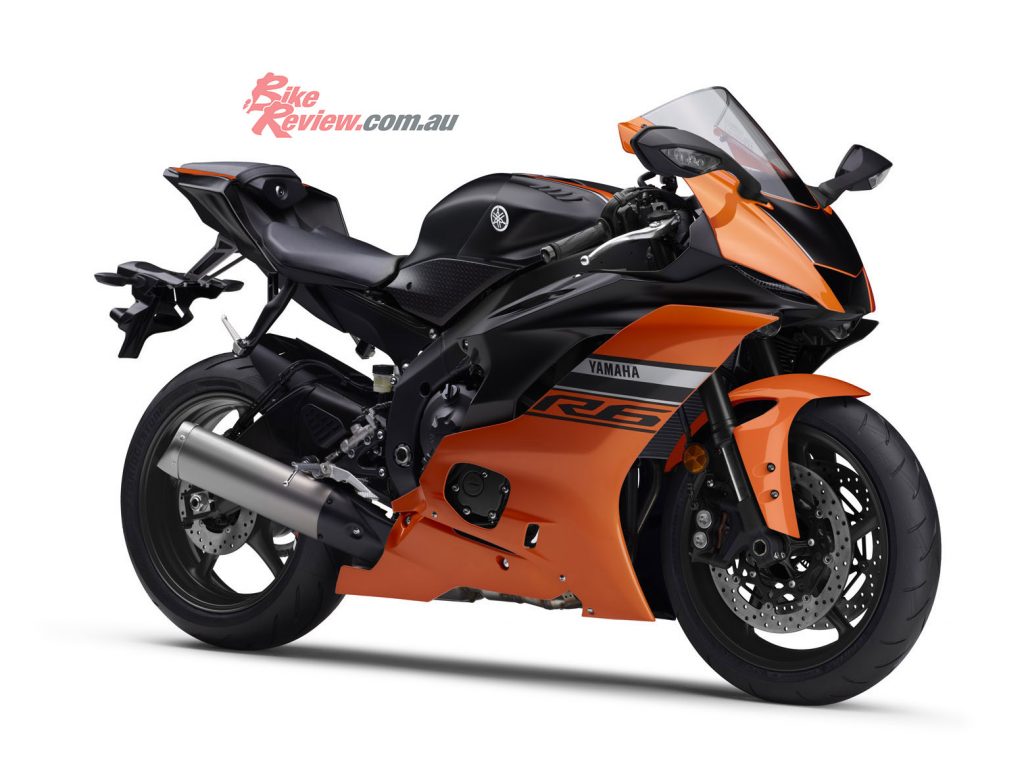
The 2020 YZF-R6 shown in Vivid Orange Matt Black.
The track day beckoned with sweltering conditions and the possibility of an apocalyptic hail storm. This made us very aware of the time and often glancing up to watch the dense clouds scudding the sky and begin forming huge thunderheads. Apparently, Jeff’s gammy leg also works as a weather forecaster, however, not at all pleasing on the eye.
The Farm private circuit has more corners than I can count and is a simply a magnificent ride, with many superb bends, a consistent surface, undulations, sections of varying speeds, and challenging chicanery. It certainly is where the R6 is made to be ridden.

2020 Yamaha YZF-R6. Simon was in the groove and felt he could have lapped all day.
At the time, I hadn’t ridden the track for quite a while so began quite gingerly, getting back some familiarity and heating up the Bridgestone’s. After a few sighting laps, I was comfortable enough to start pushing myself and the bike a bit more, trying to ignore Jeff and Heather looking concerned with my hyper lean angle and no hang-off-style and seeming to move further away from the edges of the track.

Putting the TC to the test, Simon was leaving nice meaty black lines through the Esses.
I have to say, that like the previous model R6 that I have ridden, with more body movement and weighting on the footpegs, that the chassis response becomes increasingly sharp. I don’t hang off much, so I probably do not reap the absolute benefits of the chassis and geometry, but that said, it is a mix of feeling rock solid when riding upright and fast, feeling easy to turn and adjust trajectory mid-corner.
The super-sized brakes are very strong, with good feel at the lever. This encouraged me to leave braking later then my more sensible side would normally allow. This, to the point of ruining a tight double-apex right hander that leads directly into a triple flip-flop by “over hauling” into the right-hander with the back tyre feeling square of the deck at times. I would say perhaps that my arse was saved from tragedy by the intervention of the slipper clutch to keep everything in line.
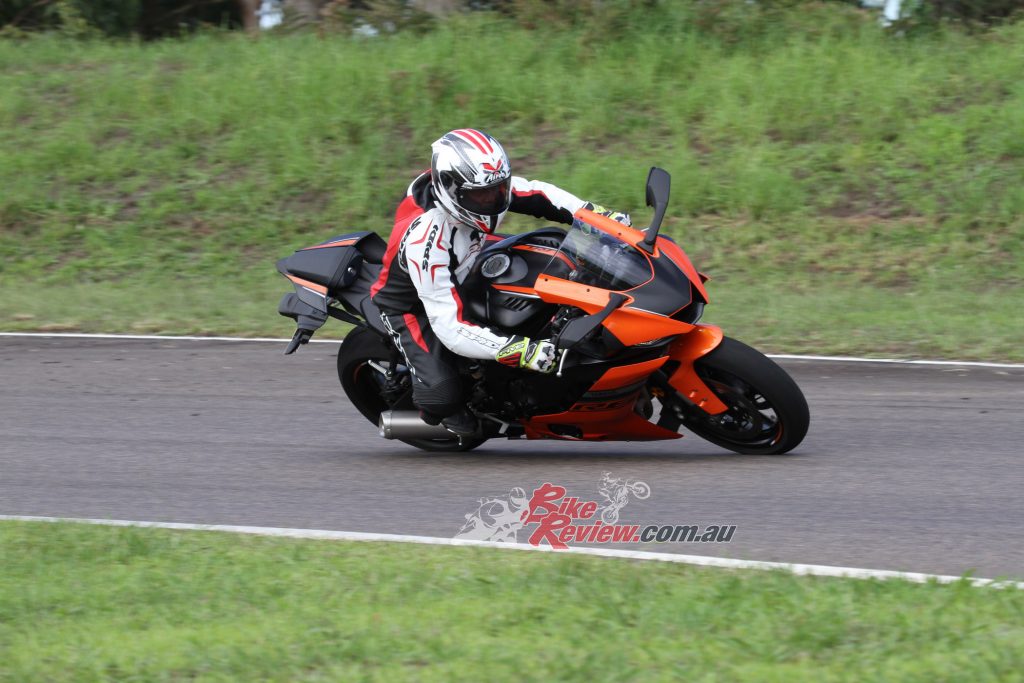
Strong front brakes with good feel, along with the slipper clutch, allows for fast corner entry speeds.
With a bit of tutelage from racer Jeff, which was to do exactly the opposite of what I was doing, I smoothened up and was able to drive out of the corner more purposefully and into and through the chicanes. In the chicanes, with more on-power entry and control. I could feel the front-end lift a couple of inches off the track as I gassed to assist in pulling the bike up from one side to get it over.
That was a damn nice feeling, with the bike taking on a nice fluid feeling as it was transitioned from lean to lean. I tried hard here to get something other than rubber to touch the deck, but man has this machine got lots of ground clearance. Oh, “must not crash” was mentioned two, or was it three times, also…
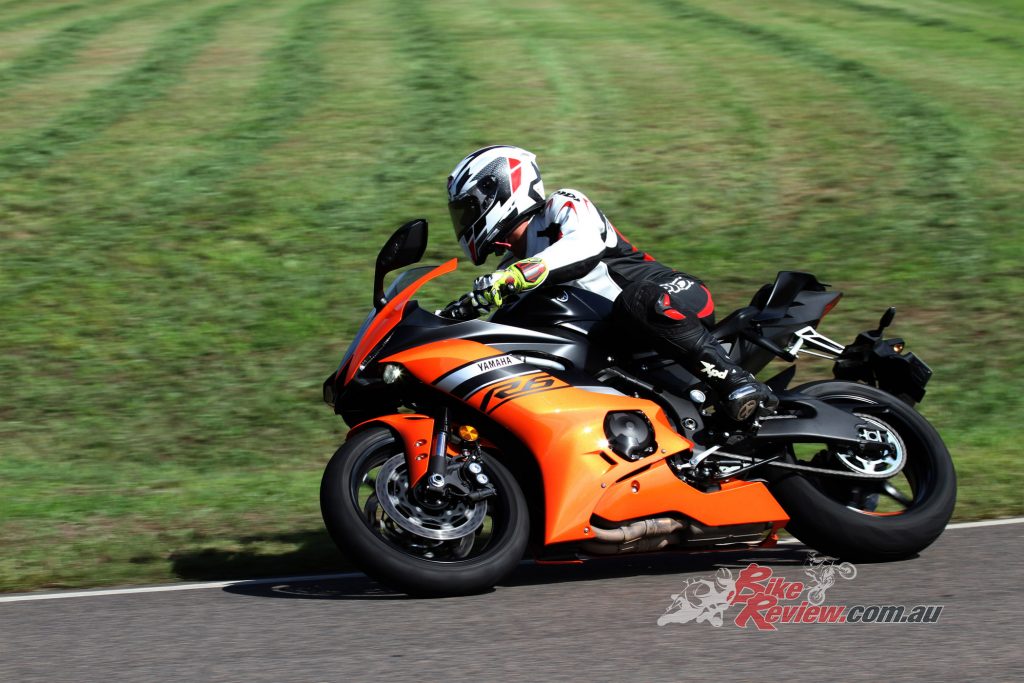
The wide RPM range of the engine, with a with its stratospheric redline, caught me off guard a few times and unsure which gear to be in. This lack of finesse on my part was adequately accommodated by the R6, with the engine always willing to try and help me out and allowing me to focus more on the direction we travelled in, be the thing howling or growling.
I suppose that the overall manners and forgiveness of the engine and drive train is what allowed me to be so careless in the first place – certainly going slower than I could have, but happy that my two-wheeled friend was helping me out and able to maintain a reasonable velocity and level of safety.
The throttle and engine management set-up is sublime, with a nice transition between on and off and when modulating the throttle through and out of corners (a couple more millimetres of free-play would be nice) and opening the taps to get the screaming four in the thrill zone. We opted to leave the traction control in mid position and mode on sport and left the suspension as standard, which seemed to be pretty good for me at about 75kg ready to ride. There are more electronics settings on offer here that we did not explore – next time if we get more time.
As my understanding of the bike increased through its excellent chassis response and feedback, I was not feeling weary at all but happy to blink through the sweat and keep lapping until the tank was dry. It is an enthusing machine, for sure, and one that is made to not only thrill but simply make you faster.
It is prudent to mention that we noticed several times that one or two cylinders were firing intermittently, which was somewhat disconcerting, especially when being more gung ho at the track. Perhaps a plug was faulty or something. On top of this was an occasional feeling when suddenly shutting the throttle from high RPM on corner entry that the bike felt a little vague and pushed the front-end, as though the throttle was not fully closed.
This was quite scary. The phenomenon may be due to the vacuum effect of the high compression motor overwhelming the throttle return springs of the YCCT. Presumably, these were issues only with our bike.
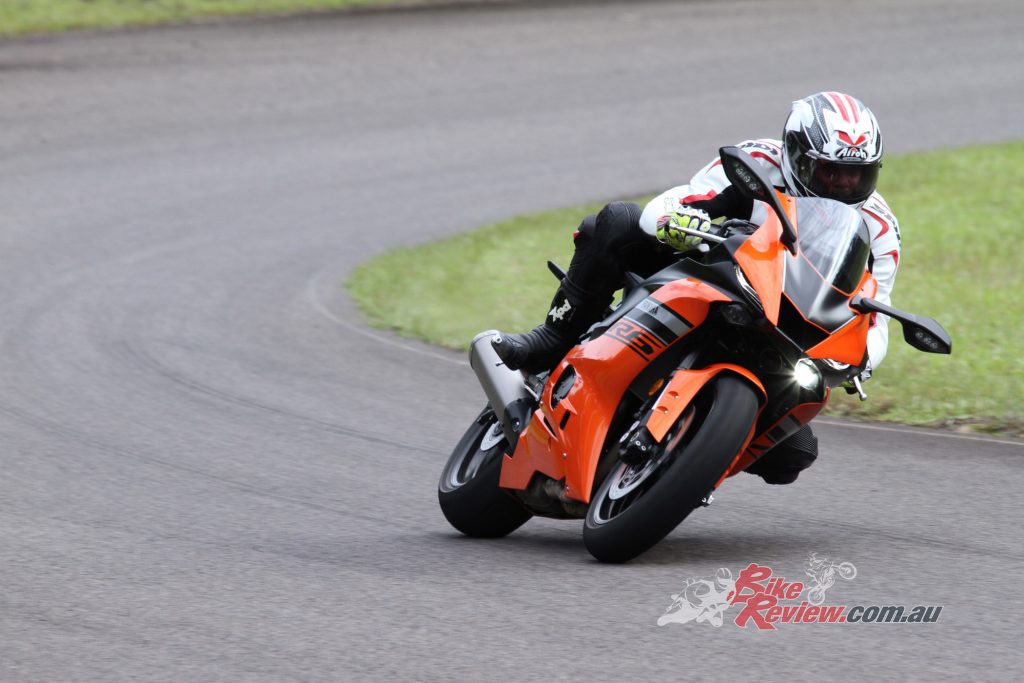
The YCCT was not without problems as our bike had a few throttle issues and a misfire.
The supersport 600 class was a boom time that is on now on skid row. How this has happened is difficult to understand as it was massively popular. This is a shame as the closeness and equality of the class caused the factories to come up with some magic formulae for creating fantastic quasi-racers straight out of the crate.
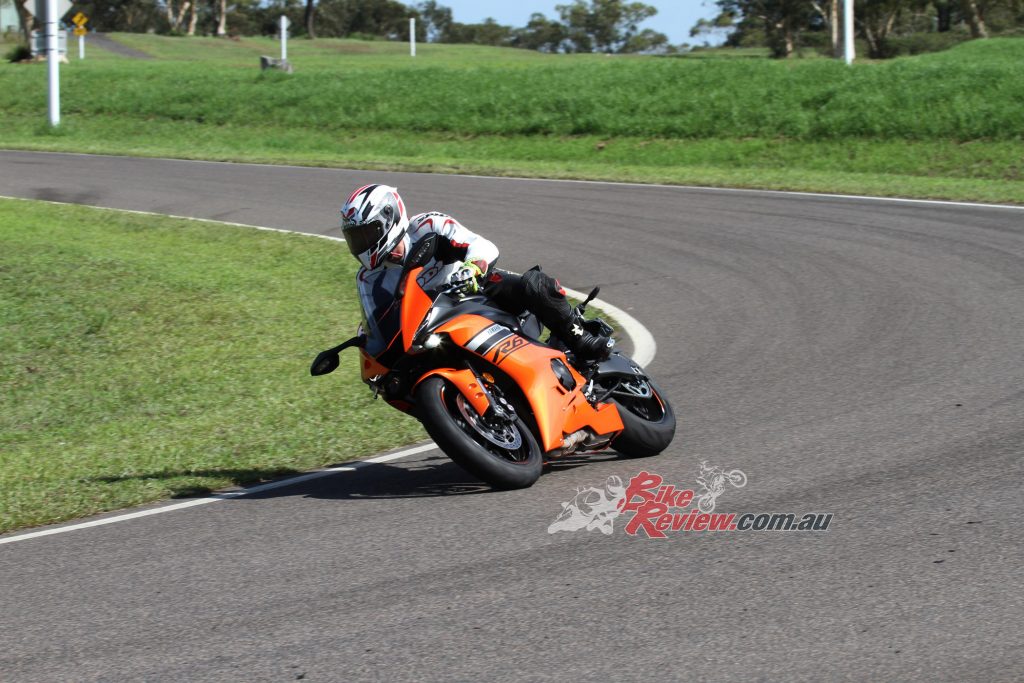
The YZF-R6 is exactly that and represents the pinnacle of development in what was the most battled class on track and on the road. Thanks to Yamaha, Jeff and the lads at The Farm for the trip down memory lane on what can be said to be perhaps the finest 600 Supersport bike that money can buy (yes, it is not cheap, but good things usually aren’t)…
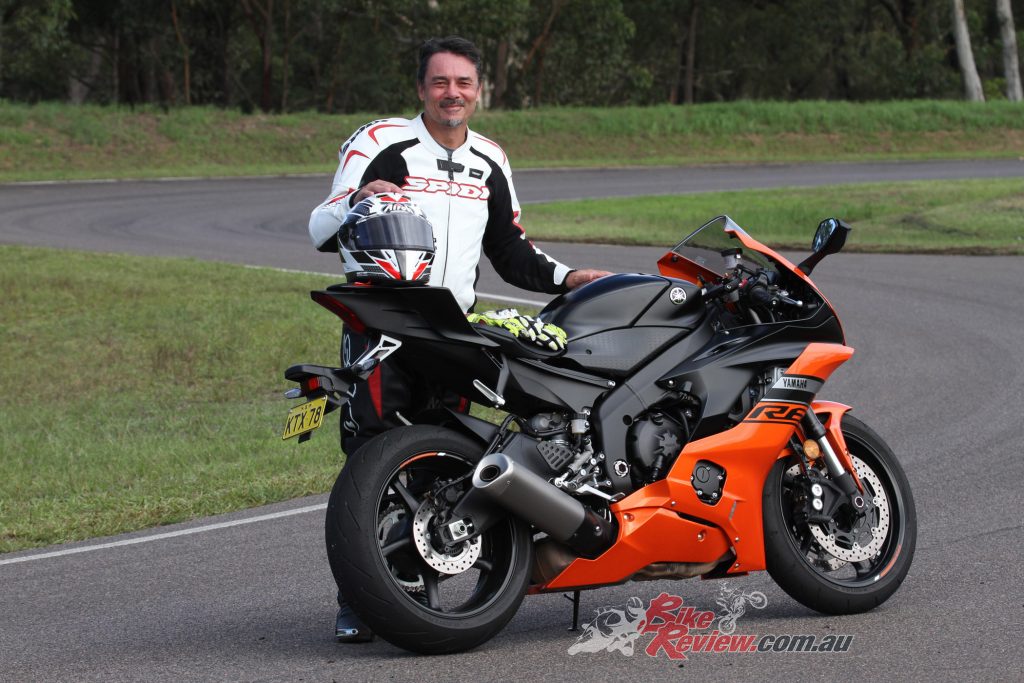
Simon Harris with the 2020 Yamaha YZF-R6.
TRACK OPINION
I couldn’t wait to test theR6 in 2017. I’ve ridden every model and never been disappointed and having spent probably 100-odd hours on the previous generation bike between 2006 and 2016, I have to admit I knew that if the forks and brakes were good on this new model, then the bike would be fantastic.
The YZF-R6 won almost every SuperSport Shootout I ran in the past decade and we know how many race wins the bike has had. There have been very few motorcycles come along to challenge the R6 on track and for a bike to remain so competitive for so long, it shows how right Yamaha got it in the first place. The heart of the matter has always been the screaming yet tractable inline four-cylinder engine, backed up by great geometry and ergonomics.Yamaha haven’t altered those things. When you are onto a good thing, etc…
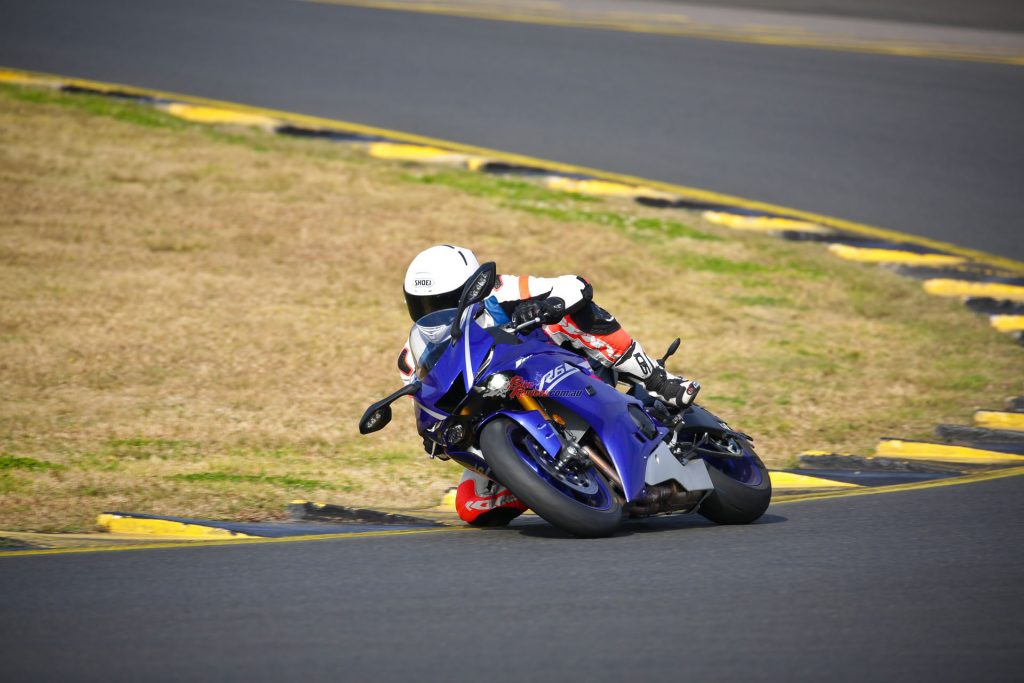
With all three of those key ingredients retained, the new bike felt familiar to me as I hopped on for my first session at Sydney Motorsports Park. With only a dozen fellow riders, I almost had the track to myself, so I quickly set about exploring the limits of the bike and learning the new changes.
After a warm up lap, where, if I had been blindfolded I would not have known if I was on the new or outgoing R6, I put my head down and go nuts. Screaming past the start/finish line in fifth gear (no need for sixth) the tacho nudges 16,500rpm and the speedo goes north of 250km/h (254km/h was top speed).

Feeling at home and confident, I ride past the usual braking marker and sit up, shift back to fourth and run the bike fast into the apex of turn one. The slipper-clutch is brilliant as always and the bike carries 250-like corner speed. The bike feels planted and solid through the bumpy apex and I turn the throttle to the stop for the exit, hitting 200km/h just before braking hard for turn two.
This is where I really get a pleasant surprise. The brakes are powerful and give great feel at the fingertips. The forks are supportive and as I brake deep into the apex, get the bike turned and on my knee, I can feel the improvement in the front-end. It feels like a well set-up kitted previous model in the forks and heaps better in the braking department.

Releasing the brakes and cracking the throttle, the bike settles instantly, tracks through turn two and changes direction into three rapidly and accurately. The quickshifter is a bonus here as short-shifting to third gear is easier. I did have to be careful as a few times I tapped the sensitive shifter early and it threw the bike off line.
Into three, the bike tracks nicely, driving up the hill to turn four with the ferocious acceleration it always had. Again, into turn four on the run down the hill, I appreciate the support and feel from the new front-end, not to mention the brakes.

2017 Yamaha YZF-R6 R6
The direction change into the tricky turn five is fast and this is the only turn on the circuit I have to get just right to maintain a tight line on the R6. If I’m a little out on entry I am running off the ripple strip/South Circuit Entry, on exit. It’s the shock settings. I’m heavy at 95kg in gear and the shock is squatting and staying down on the gas off five.
Easy fix, a bit more preload and compression would do it. As I brake hard for turn six the bike remains inline and stable despite the huge dips and bumps here. Into the apex of six, the bike almost gets air, the bumps are so bad. The shock copes OK, and settles quickly. The forks are the standout though.
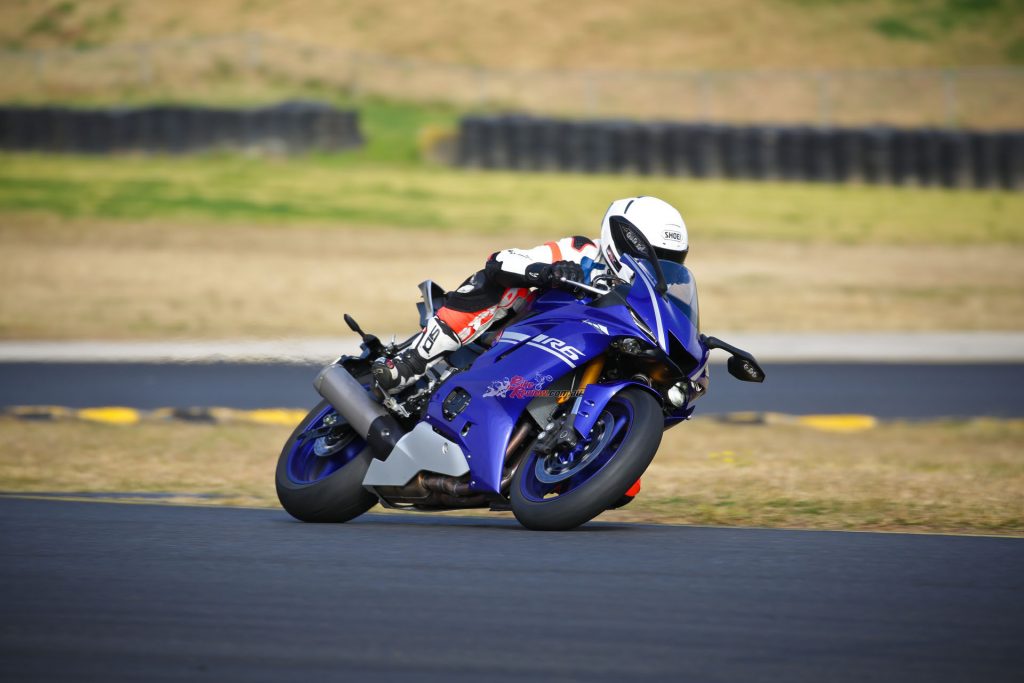
Up the hill to eight the R6 screams, hitting the limiter in third on the crest. I grab fourth via the QSS and drive through the corner, letting the TCS do its thing and it does so well. The bike can move out slightly but the slide is maintained once the TCS knows where it is and what it is doing, just around the apex. I have it on the fairly intrusive L3, which I liked, after trying all of the settings aside from OFF.
Braking hard for turn nine and getting in there tight and comfortable is a test for any bike and the R6 made it easy as I slightly overcooked things. Honestly, for a road registered motorcycle straight out of the box, I can’t believe how good it is here. Online, tight, high corner speed and the ability to get the power down early and fast. Amazing…
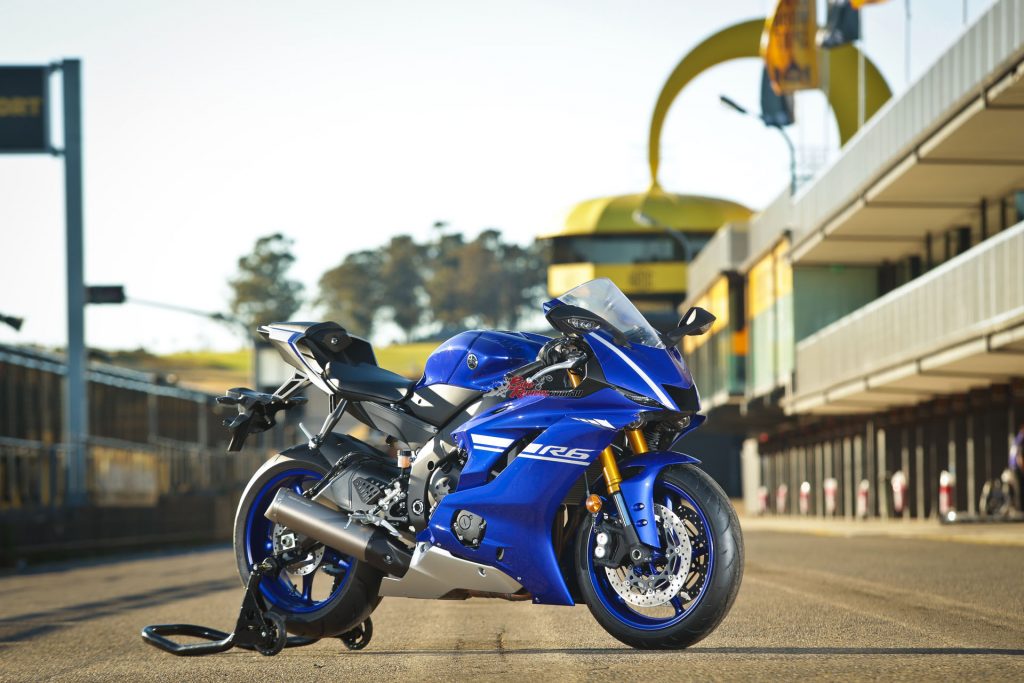
It’s the drive off nine that really gave me a smile. By the outside ripple strip the engine was screaming like mad, the insane induction noise the R6 makes piercing my ear drums and making the ride so exciting, even on my own I felt like I was in a SuperSport race. This bike brings the racer out in me, that’s for sure.
Third, fourth and on the limiter tipping into turn 10 at 16,500rpm, the R6 feels sure footed. The front tyre well and truly planted through this often vague feeling long right hander. I ease the brakes on halfway in and the brake feel is intimate and strong, making it a breeze to wash speed off, shift back a gear and flick the bike left for the long double turns 11 and 12 onto the main chute for another lap.
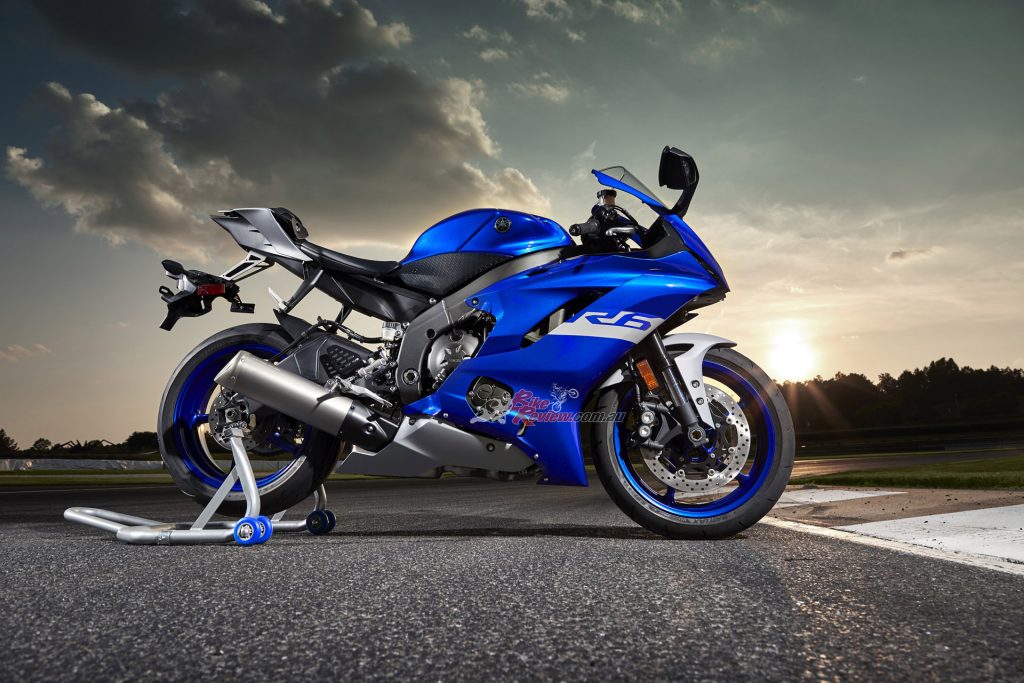
Again, the R6 feels like a racebike, as I easily pull it into the second apex of the final corner, even while at maximum lean, and fire it off down the straight, grinning like a mad man…
Lap after lap in my four sessions on the bike I felt in complete control and at home on the new YZF-R6. The bike makes me feel young again, not like the 45-year-old washed up racer I am. After riding the R6 for half a day, I left SMSP feeling revived, refreshed, satisfied and just downright happy. If you want to smile like me, then I suggest you get to your Yamaha dealer ASAP and ride one of these little screamers. Long Live the SuperSport YZF-R6… – Jeff Ware.
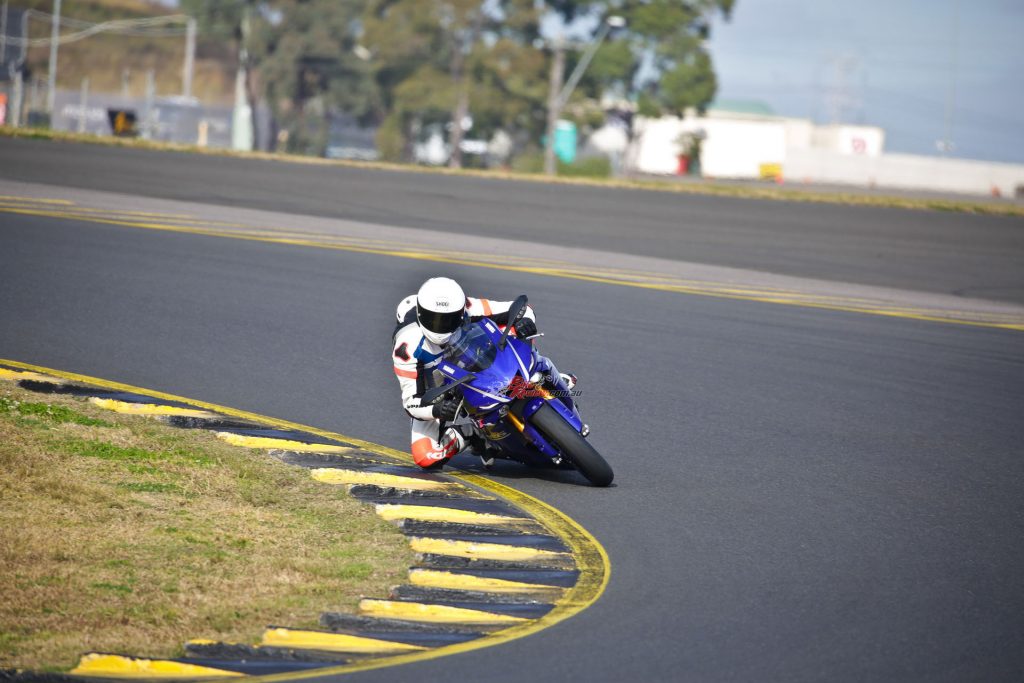
2020 YAMAHA YZF-R6 SPECIFICATIONS
Price: $19,549 + Ride Away
Colours: Icon Blue, Vivid Orange Matt Black (tested)
Claimed power: 79.3kW[106.3hp]@14300rpm)
Claimed torque: 60Nm[44.4ft-lbs]@10500rpm
Dry weight: 176kg (190kg wet)
Fuel capacity: 17L
Engine: Four-cylinder inline DOHC 16-valve liquid-cooled four-stroke, 599cc, 67 x 42.5mm bore x stroke, 13.1:1 compression, TCI ignition, fuel-injected, YCC-T, variable intake trumpets, TCS, D-Mode, YCC-I, QSS
Gearbox: Six-speed, QSS
Clutch: Wet multi-plate slipper clutch
Chassis:
Frame: Aluminium DeltaBox, alloy swingarm
Rake: 24°, Trail: 97mm
Suspension: KYB 43mm fully adjustable inverted forks, 120mm travel, Monoshock fully adjustable rear shock, 120mm travel.
Brakes: Dual 320mm rotors with four-piston calipers and radial-pull master-cylinder (f), 220mm rotor and twin-piston caliper (r).
Tyres: 120/70-17in (f), 180/55-17in (r)
Dimensions:
Wheelbase: 1375mm (5mm less than 2016)
Seat height: 805mm
Ground clearance: 130mm
Dash: Multi function LCD and analogue
2020 YAMAHA YZF-R6 Gallery
The Verdict | Review: 2020 Yamaha YZF-R6
Fast!
You just can’t beat the high rpm thrills of a supersport machine and the YZF-R6 has been top dog for over a decade. Here is our review on the 2020 Yamaha YZF-R6…

2020 Yamaha YZF-R6.

